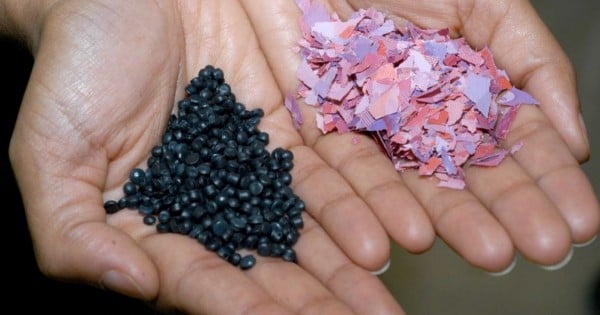
By Emily Stewart.
This piece of a $20 note looks completely worthless. It is unlikely any shop or cafe would accept it, but don’t just throw it away — it is worth real money.
The Reserve Bank of Australia (RBA) will pay out the value — proportional to the size of the incomplete note. For example, the piece pictured above makes up almost a quarter of a note, so it is worth about $5.
Currently there are 1.3 billion notes — worth over $65 billion — in circulation in Australia.
They are all polymer, a type of plastic, developed by the Reserve Bank and the CSIRO in 1988.
Before then, notes were paper, and still are in other countries like England, which is swapping over to polymer technology this year.
But even plastic gets damaged, and the Reserve Bank wants only good quality bank notes in use to prevent counterfeiting.
Unfit banknotes might be incomplete or have staples, tears or holes.
Usually, commercial banks look for damaged notes and post them back to the Reserve Bank. In the last financial year, worn notes amounted to $2 billion.





























































































